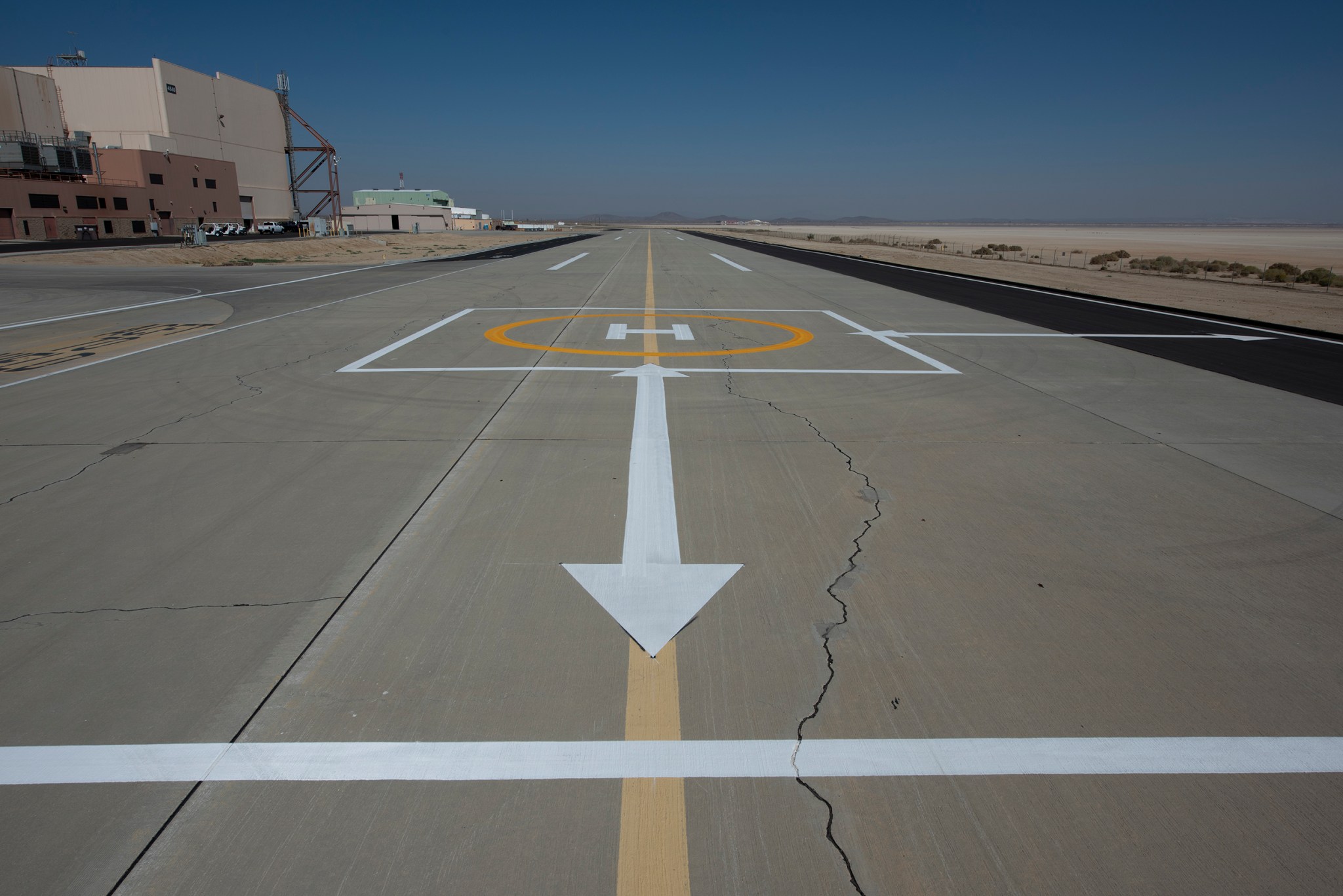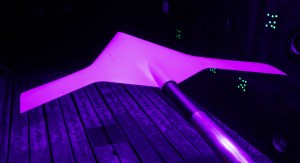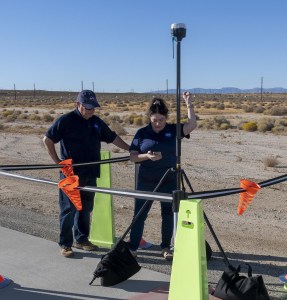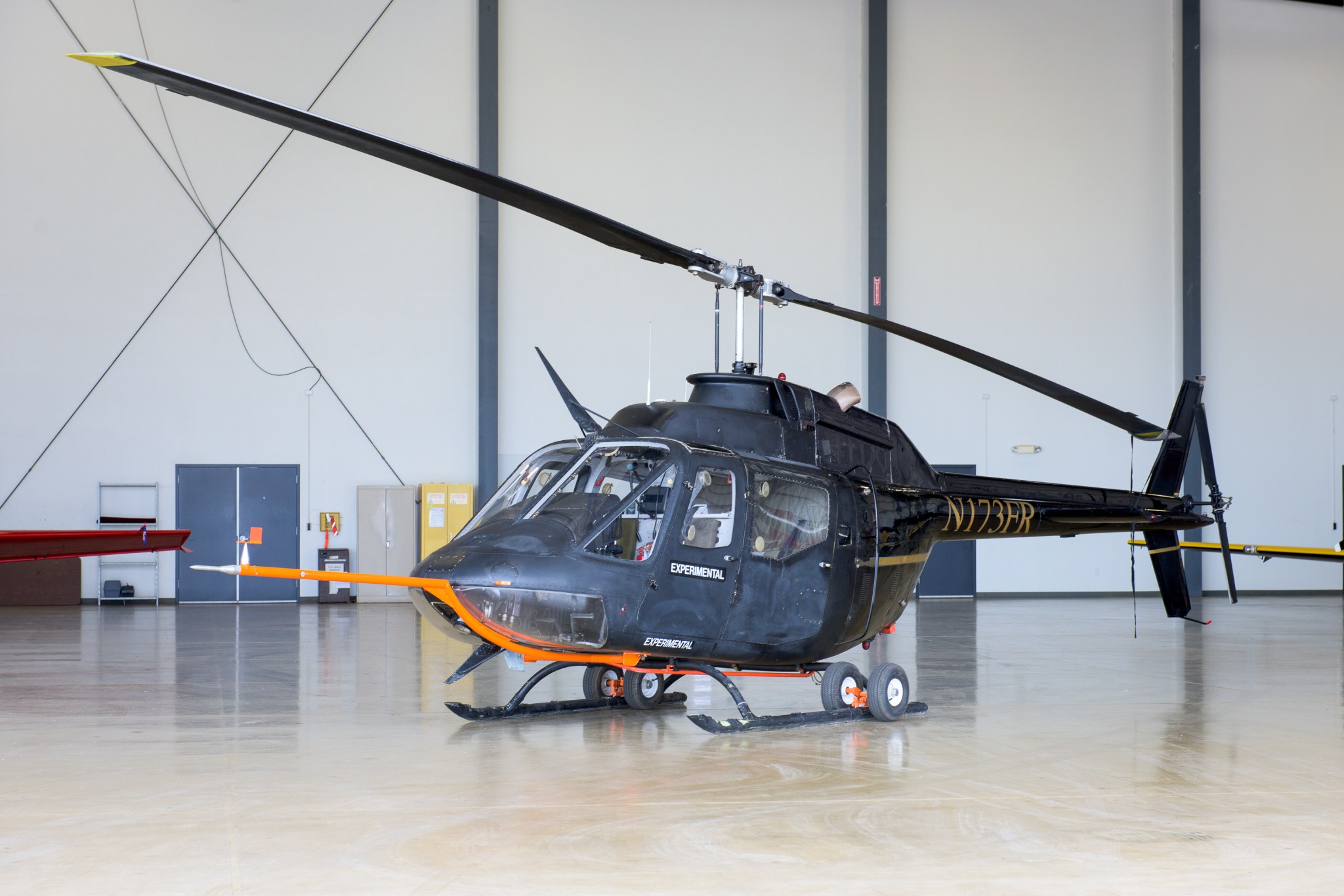
Imagine air taxis, drones, cargo transports and package delivery services working in harmony in the National Airspace System with piloted aircraft. That’s a vision NASA’s Advanced Air Mobility (AAM) National Campaign and the Federal Aviation Administration (FAA) are working to achieve.
Over the next decade, the National Campaign will be researching, executing flight demonstrations, and establishing partnerships for urban air mobility (UAM) vehicles, or electric powered vertical takeoff and landing vehicles (eVTOLs) in order to safely enable eventual integration with existing air traffic.
NASA and the FAA intend to collaborate throughout all stages of the National Campaign, from planning and scenario validation to execution of flight demonstrations. The data and lessons learned from the National Campaign will help inform FAA policies and procedures that industry will follow to fly these various sized vehicles and diverse missions on a daily basis.
The purpose of the National Campaign (NC) is to eventually test vehicles and UAM airspace providers from various companies. Another focus is determining how cities, airports and overall infrastructure can support this type of passenger transport and cargo delivery.
This flight-testing series begins in December with a test called the NC Integrated Dry Run Test using a helicopter as a surrogate UAM to develop a data baseline for future industry partnership flight testing. These flights will ensure a developmental test can be successfully conducted with a vehicle partner.
“The National Campaign is trying to verify the gaps in the current FAA standards that scaling eVTOLs operations can’t yet meet,” said Starr Ginn, AAM National Campaign lead. “We are putting these vehicles through the FAA standards for operations that currently exist. That is our measuring stick.”
Flight Research Inc. in Mojave, California will provide the Bell OH-58C Kiowa helicopter for the series of tests where FAA and Flight Research Inc. test pilots will fly different maneuvers to act as a “surrogate” UAM.
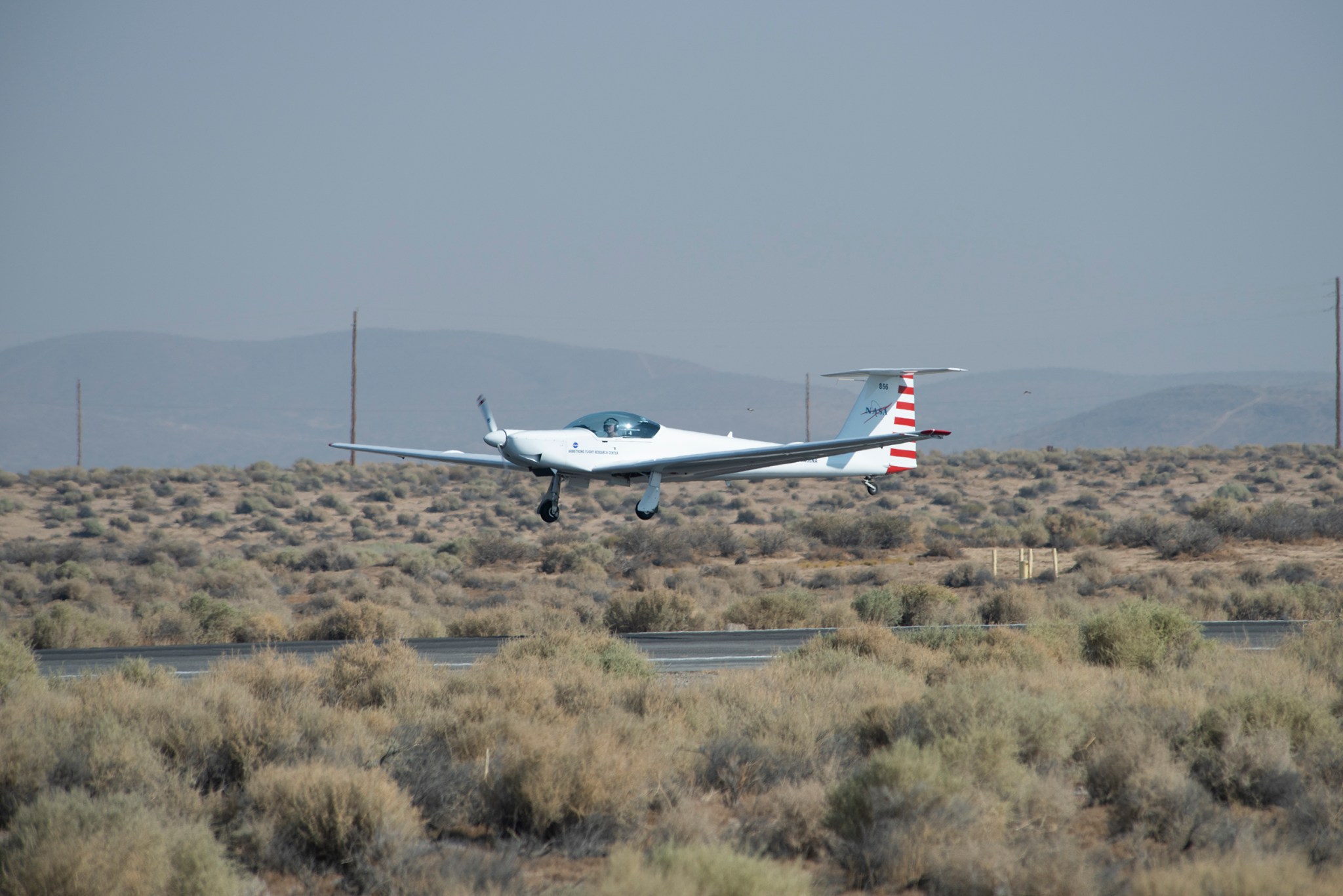
The data collected from the three series of flight tests at NASA’s Armstrong Flight Research Center in California will be looking at overall challenges the urban environment will present for future vehicles. Included in this analysis are vehicle characteristics, the interactions with a third-party airspace service provider, wind conditions, flight path angles, heliports, vertiports, current FAA tools, and navigation systems. This flight test series will continue into early 2021.
“The dry run is NASA testing our flight test infrastructure which consists of range safety, instrumentation, airspace integration and data collection,” Ginn said. “As the NASA subsystems mature, they will be tested at different phases of the dry run series where the final test in March will test the full end-to-end system.”
The project describes the process as “anchor and evolve” – the helicopter represents the anchor of current FAA standards required for helicopters to fly today. Testing with industry will then evolve from these standards to mimic what an eVTOL will need to safely fly.
During the flight testing, test pilots will be flying the helicopter in ways based on how the project thinks eVTOLs will fly in the future. This includes flying terminal operations with representative real-time eVTOL flight plans and trajectories while testing interactions with a third-party airspace service provider.
“The industry and world will see we are not creating something new; we are evolving standards so urban air mobility can become a viable market,” said Dave Webber, FAA research flight test engineer and vehicle characteristics principal investigator for this project.
In early October, the project conducted connectivity and infrastructure flight tests with a NASA TG-14 glider aircraft to prepare for December. In addition to assessing automatic dependent surveillance broadcast connectivity to the cloud and data processing system, these flights acted as a familiarization exercise for the test pilots who will fly the same routes during the helicopter test. The team also painted a vertiport and helipads at Armstrong to help understand the future infrastructure needs.
Moving into December this series of helicopter testing will kick things off for the project and allow for the next building blocks of the National Campaign, the Developmental Test in 2021 and NC-1 in 2022.
The Developmental Test with partner Joby Aviation will include activities to prepare for NC-1 such as designing flight scenarios for the participants to fly, exercising range deployment and data collection protocols.
For NC-1, industry partners will focus on demonstrating integrated operations through flight activities with vehicles and third-party airspace service providers at various locations in the national airspace system around the country.
The integrated operations will allow collection of data from both the vehicle and airspace service providers as the aircraft performs approaches and departures in a number of conditions. In addition, these demonstrations will enable communities and local governments to further understand these operations through assessment of the noise footprint of these new vehicles.
This project includes members from three NASA aeronautics centers including Armstrong and Ames Research Center in California and Langley Research Center in Virginia with leadership by NASA’s Aeronautics Research Mission Directorate.
NASA’s vision for Advanced Air Mobility is to help create safe, sustainable, accessible, and affordable aviation for a number of uses at the local and regional level. Learn more about the National Campaign (formerly the Grand Challenge) and current industry participants here.
























